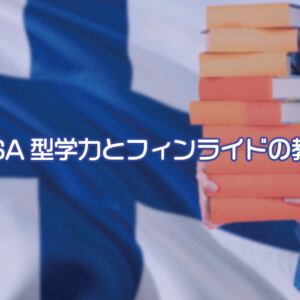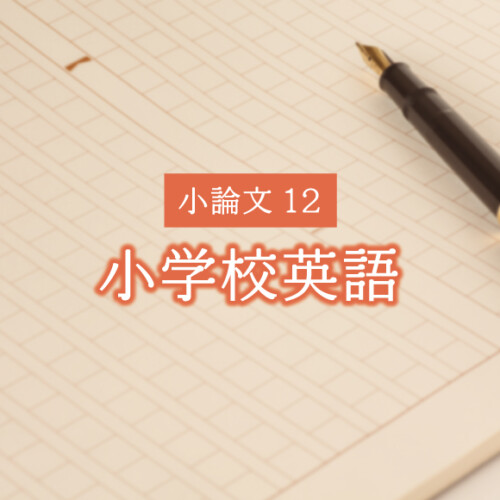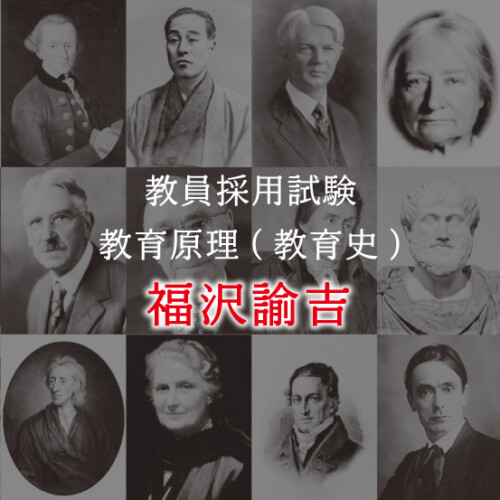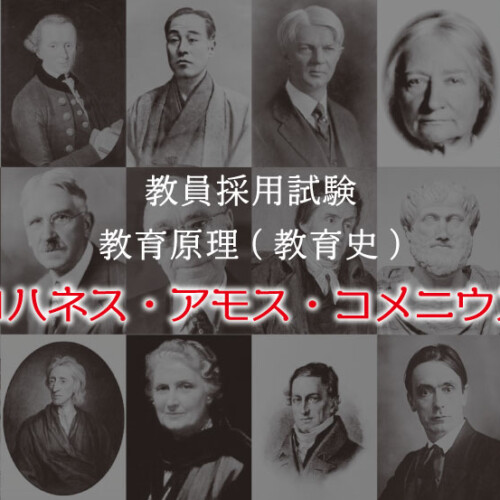【2013年英語(解答)】兵庫県教員採用試験小学校教諭・一般教養

【4】次の問いに答えなさい。
問1 次の会話文を完成させるのに最も適切なものを下のア〜エからそれぞれ1つ選びなさい。
(1)A:How long will it [ ] to fly from Kobe to Tokyo?
B:About seventy minutes.
ア cost
イ time
ウ have
エ take
(1)A:神戸から東京までどのくらい [ ] ?
B:おおよそ70分です。
ア 費用
イ 時間
ウ 持つ
○エ かかる
「約70分」との答えから,所要時間が問われていると判断する。所要時間はHow longと動詞takeの組み合わせで聞くのが普通。
(2)A:I don’t like driving a car in cities.
B:[ ] do I. It is more convenient to take buses.
ア Neither
イ Either
ウ Both
エ All
(2)A:街内で運転をするのは好きではありません。
B:私 [ ] 。バスを使う方が便利です。
○ア も~ない
イ の何れか
ウ 両方
エ 全部
文脈から「私も嫌いです」との返答が推測できる。
倒置されているので,否定の意味をもつNeitherが強調されて前に出た形と判断してほしい。eitherを使って答える場合には,”I don’t either.”となる。
(3)A:Do you know Ichiro Suzuki who is a major leaguer?
B:Yes, he is great. His batting skills are [ ] to none.
ア last
イ first
ウ top
エ second
(3)A:メジャーリーガーの鈴木イチローはご存知ですか?
B:はい、彼は素晴らしいです。彼のバッティングのスキルは、[ ] 。
ア 最後
イ 一番目
ウ トップ
○エ 2番目(to none と合わせて天下一品)
“he is great”から,称賛しているとわかる。second to noneで「天下一品の」という意味の熟語。
問2 次の会話文を完成させるのに最も適切なものを下のア〜エからそれぞれ1つ選びなさい。
(1)A:Tom, have you seen Mike?
B:[ ]
A:I have to tell him to clean his room.
ア No, you haven’t.
イ Yes, he is in the kitchen now.
ウ No, I will see you tomorrow.
エ Yes, he does.
(1)A:トム、マイクを見なかった?
B:[ ]
A:部屋を掃除するように言わないと。
ア いや、見てないよ。
○イ うん、今、彼はキッチンに居るよ。
ウ いいえ、明日あなたに明日会うよ。
エ うん、彼だよ。
(1)Have you seen Mike?に対し,ア・エは主語がyou, heで不適切。
ウは突然別の話題になっており不自然。
イはYesで一旦区切り,「彼は今台所にいるよ」で意味が通る。
(2)A:Is it possible to pick me up at the airport when I arrive in Japan?
B:Yes. Please call me when you arrive at the airport.
A:Good.[ ]
ア You are wanted on the phone.
イ Hang up and try again, please.
ウ Call me to pick you up.
エ I’m looking forward to seeing you.
(2)A:日本に着いたとき空港に迎えに来られますか?
B:はい、空港に着いたら電話してください。
A:良かった。[ ]
ア 電話がかかっています。
イ 電話を切って掛けなおして下さい。
ウ 迎えに行くから電話を掛けて下さい。
○エ では会うのを楽しみにしています。
(2)はじめのやりとりでBが空港にAを迎えに行く相談がまとまっているので,「では会うのを楽しみに」というしめの言葉でよい。
(3)A:Would you like to join us for dinner if you are free tonight?
B:[ ]
A:Shall we meet at the Italian restaurant near the station at seven?
ア Thanks. I have already had dinner.
イ Sorry. I have a stomachache now.
ウ Sure. That sounds great.
エ I would like to, but I have another appointment.
(3)A:今夜時間があればディナーを一緒に食べない?
B:[ ]
A:7時に駅の近くのイタリアンレストランで会わない?
ア ありがとう、もうディナー食べちゃった。
イ ごめんなさい、今お腹が痛いの。
○ウ もちろん、いいね。
エ 行きたいけど、ほかに予定があるの。
Aが夕食に誘い,さらに待ち合わせの相談に入っているので,Bが誘いを承諾したとわかる。
アは「すでに食べた」で不適,イ・エはいずれも誘いを断っている。
(4)A:How is the weather in Himeji in winter?
B:It doesn’t usually snow, but [ ]
A:Oh, really? You must have had some trouble.
ア it has snowed less than in previous years.
イ I will get much snow this year.
ウ we had more snow last year than usual.
エ I am rarely caught in snow.
(4)A:姫路の冬の天候はどうですか?
B:いつも雪が降っているわけではないけれども、[ ]。
A:本当に?苦労したでしょうね。
ア 前の年よりは雪が少なかったです。
イ 今年は雪がかなり降ると思います。
○ウ いつもより、昨年は多く雪が降りました。
エ めったに雪は降りません。
Aが「苦労したでしよう」 と言っているので,「去年は通常よりたくさん降った」とするウが適切。
問3 次の英文は,兵庫県の県鳥でもあるコウノトリ(Oriental White Stork)について,県内の学校に勤務している外国語指導助手(ALT)が行ったスピーチです。これを読んであとの問いに答えなさい。
The Oriental White Stork is the prefectural bird of Hyogo.
I didn’t know about the bird when I came to Toyooka as an ALT.
What surprises me here is how interested people are in making a place where Oriental White Storks and humans can live together.
At one time, Oriental White Storks ①( many / found / could / in / places / be) in Japan.
However, their numbers began to fall because humans had destroyed their environment, so the government of Hyogo and local communities started conservation activities in 1955.
Today, under the Stork Reintroduction Project, various efforts are being made.
Promoting education programs is one of them.
My students sometimes visit rice fields and rivers to research wildlife and release fish there for storks.
②These experiences can give them chances to learn the importance of nature and think about life.
This spring, a pair of storks made their nest on a school ground in Toyooka because of their efforts.
I hope that Hyogo prefecture can be an ideal place for both storks and humans.
(1)下線部①を適切な語順に並びかえると,3番目と5番目にくる語の組み合わせとして適切なものを次のア〜エから1つ選びなさい。
ア 3番目 found 5番目 many
イ 3番目 be 5番目 places
ウ 3番目 could 5番目 found
エ 3番目 in 5番目 be
〇ア 3番目 found 5番目 many
イ 3番目 be 5番目 places
ウ 3番目 could 5番目 found
エ 3番目 in 5番目 be
(1)並べ替えた文は,…Storks (could be found in many places) in Japan.でア。
(2)下線部②の内容を示したものとして最も適切なものを次のア~エから1つ選びなさい。
ア コウノトリを県烏に指定して,外国人にその存在を知ってもらうこと
イ 田んぼや川にいる生物を調べたり,魚を放ったりすること
ウ 自然の大切さを学んだり,命について考えたりすること
エ みんなで協力して,運動場にコウノトリの巣を作ること
ア コウノトリを県烏に指定して,外国人にその存在を知ってもらうこと
○イ 田んぼや川にいる生物を調べたり,魚を放ったりすること
ウ 自然の大切さを学んだり,命について考えたりすること
エ みんなで協力して,運動場にコウノトリの巣を作ること
(2)主語がTheseやIt, they,などの指示語の場合,その内容は必ず前に,多くは直前に言及されていると考えてよい。この場合も直前の文がイと一致。
(3)上記の英文の内容に一致するものを次のア~エから1つ選びなさい。
ア The ALT knew a lot about storks before coming to Japan.
イ The ALT is surprised people in Toyooka are interested in caring for storks.
ウ The ALT was told the government of Hyogo is not doing anything to help storks.
エ The ALT doesn’t think that humans can live with storks.
ア ALTは日本に来る前からコウノトリについて良く知っていた。
○イ ALTはコウノトリの世話をすることに豊岡の人が興味を持っていたことに驚いた。
ウ ALTは兵庫の政府はコウノトリを助けるために何もしていないと言われた。
エ ALTは人間がコウノトリと暮らせると思っていない。
第3文「驚いたことは(What surprised me…)」に続く文がイと内容が一致する。
第2文の「その鳥のことは来るまで知らなかった」。第一段落最後の「県庁が保護に乗り出した」,本文最後の「鳥にも人にも理想的な県になるとよい」,がそれぞれア・ウ・エと不一致である。



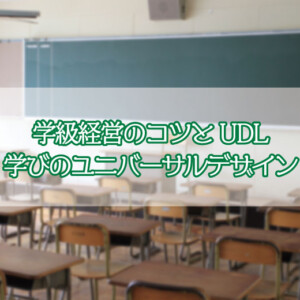











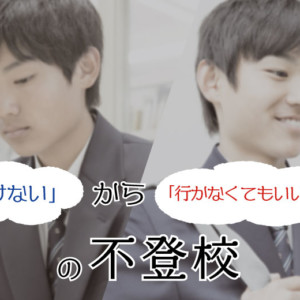


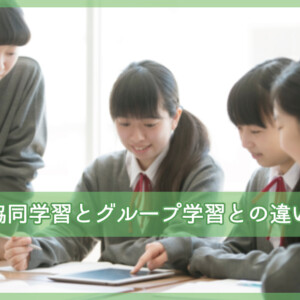

-300x300.jpg)





















